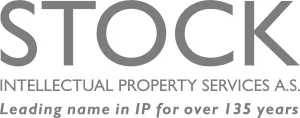Machine translation tools and AI-based generative models have significantly advanced in recent years, offering more accurate and context-aware translations. These tools can undoubtedly reduce the time and cost associated with human translation, making them an attractive option for many businesses.
Despite the remarkable progress, however, it is crucial to acknowledge the limitations that still exist with these technologies. It is quite likely that such tools will continue to improve in the future, potentially providing even more reliable translations. Nonetheless, as of now, these tools are not flawless. Depending on several factors such as the length of the context to be translated, the model architecture used, and the complexity of the text in the source language, inaccuracies and "hallucinations" in the translated text are not surprising.
In the realm of patent law, the precision of translated patent specifications is utmost. The content of the translated specifications is binding in pre-grant and post-grant patent proceedings. An inaccurately translated feature or subject matter may not be corrected at a later stage following filing, as it would be objected on the grounds that it goes beyond the content of the application as filed. This could have significant legal ramifications, potentially jeopardizing the patent's validity and enforceability.
Moreover, in the context of European patent validations in Türkiye, the accuracy of the translation holds even greater significance. If the translated specifications are narrower in scope than the original, the Turkish text becomes decisive in patent infringement actions. This means that any discrepancies or inaccuracies in the translation could lead to a narrower interpretation of the patent's scope, potentially limiting the protection granted to the patent holder.
While machine translation tools and AI-based models offer cost-effective and time-saving benefits, relying solely on them for translating patent specifications can be insecure. A balance must be struck between the cost reduction and the potential legal consequences of inaccurate translations. The use of these tools should always be complemented with human expertise to ensure the accuracy and reliability of the translated text.
The content of this article is intended to provide a general guide to the subject matter. Specialist advice should be sought about your specific circumstances.
We operate a free-to-view policy, asking only that you register in order to read all of our content. Please login or register to view the rest of this article.


